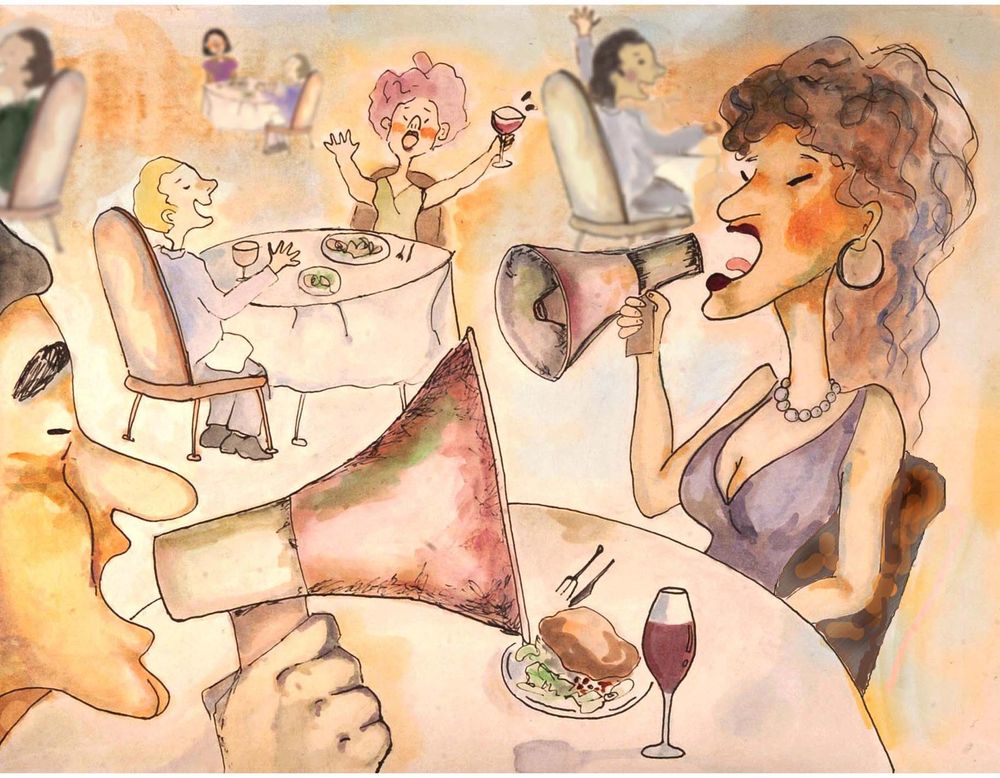First in a Four-Part Series: How to Create Value for Your Donors
 Whenever Richard or I meet with a group of major gift fundraisers, inevitably this question comes up: “How do I get donors to meet with me?” The question we ask back is this: “Are you providing value to your donors?
Whenever Richard or I meet with a group of major gift fundraisers, inevitably this question comes up: “How do I get donors to meet with me?” The question we ask back is this: “Are you providing value to your donors?
Your donors will engage with you if they feel there’s value in it.
A couple of days ago, Richard and I conducted a webinar about how to get meetings with donors. I think a lot of folks on that webinar expected an easy tactic like “if you call a donor between the time of 6-6:45pm, you’re twice as likely to get ahold of them.” Or, if you send an email, then leave a voice message, and then show up at their kid’s soccer practice, they will relent and now agree to a meeting.
Nope, it’s none of that.
The answer to how to get a donor to engage with you is to do the hard work – over an extended period of time – that provides value in the donor’s heart and mind.
Over the next four blog posts, I’m going to highlight four areas where you can provide value to your donor.
This is the work of a major gift officer. Providing value to your donor is your job. It’s hard, but rewarding work. And if you want to be successful by helping your donor find joy in their life – and find more net revenue for your organization’s programs that are changing the world – please follow what I’m going to say here.
The first of the four areas is – Thank Your Donors
Today, donors expect to be thanked. The expectation (developed over the last 10-15 years in fundraising) is that once a donor has sent in their gift, you have 24-48 hours to send a written receipt letter acknowledging that gift. So if your organization is doing that, do not think your donors are doing back flips and talking about how awesome you are.
It’s expected.
The challenge is – what are you going to do to exceed the donor’s expectations when thanking them for a gift? That’s where you’re going to provide real value in the donor’s mind and heart.
We’ve talked with major donors who have story after story about how badly they were thanked for a gift. Many times, these stories are decades old. You know what that means? Donors don’t forget – and it hurts. Now, they may say, “Oh, I don’t need to be thanked, I know they’re busy.” But the truth is, they do. We know. We’ve sat with donors and heard their stories.
Here are some things to think about when figuring out how to exceed the donor’s expectations around thanking them:
- Do you have a policy in place on how you thank a donor, beyond the receipt letter you send out by gift amount? (e.g. Any gift of $5,000 or more will get a phone call from the CEO or Executive Director). If you don’t have a policy, you need to create one so that everyone in your organization knows what to do.
- Do you know the donor well enough to know how to create a “Thank you Surprise” for your donor? For example, I know of an organization that knew their donor so well, that after receiving a 2-million-dollar gift, they knew the best way to thank that donor was to invite his entire family to an event that honored that donor. The donor had no idea that his siblings as well as his cousins were going to be at the event. The impact on that donor was tremendous. Another organization received a $10,000 gift, and they knew the donor didn’t like getting a call from the CEO. They knew she felt uncomfortable talking one-on-one with the top person in the organization. So, the staff created a giant thank you card and had staff and board write a personal note to the donor on the card. The donor was thrilled. The point is: know your donor!
- Are you thanking your donors all during the year? There are so many creative ways to thank a donor throughout the course of the year. Each will make an impact and ultimately provide value in your donor’s mind. Here’s an important tip: In your yearly strategic plan for your donors, in addition to thanking a donor after they made a gift, carve out three to four types of “thank yous” during the year. Otherwise, it won’t happen.
- Have you created a “Thank you” culture at your organization? This is important! Your board should be involved in thanking major donors. And so should your program, finance, and executive team. When you’re trying to create a thank you policy, include them in the process and help them own it with you. You will not be effective on your own. You need others to support the fact that everyone is trying to add value to the donor’s experience, through how you thank your donors.
You’ll add value in the donor’s mind and heart, if you create a meaningful thank you. It takes creativity and planning, and the desire to execute properly – but if done right, the impact will be tremendous.
In our opinion, most non-profits don’t do “thanking” right. They don’t put the time, effort, and resources into it that are necessary to create an amazing donor experience.
The first step in creating value for a donor is thanking beyond a donor’s expectations. (Tweet it!)
Jeff
Read the full series:
- How to Create Value for Your Donors #1: Thanking Donors Appropriately (This post)
- How to Create Value for Your Donors #2: Reporting Back a Donor’s Impact
- How to Create Value for Your Donors #3: Show the Donor You Know Them
- How to Create Value for Your Donors #4: Knowing Your Donor’s Passions and Interests






0 Comments